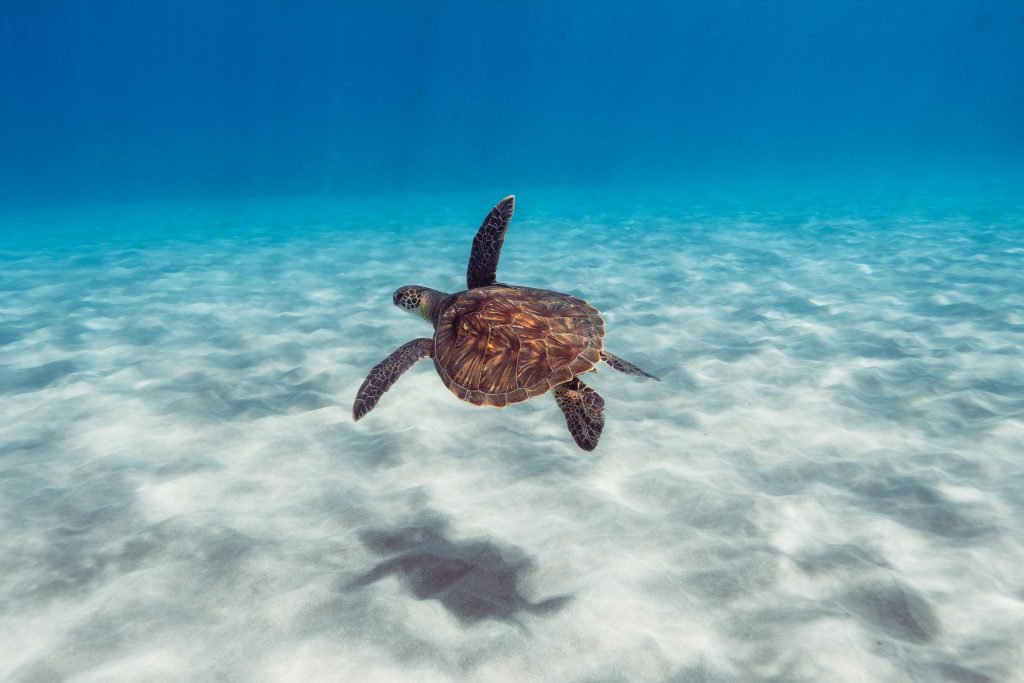Discover the fascinating world of local native reptiles and amphibians in your nearby wetlands! In this article, you’ll learn how to identify various species, from colorful frogs to stealthy snakes, and understand their unique habitats and behaviors. With tips on what to look for and how to explore responsibly, you’ll soon find that these often-overlooked creatures offer a delightful glimpse into the biodiversity of your local environment. Get ready to embark on an enriching adventure that will deepen your appreciation for the natural wonders surrounding you. How Do I Identify And Enjoy Local Native Reptiles And Amphibians In Wetlands?
Have you ever wandered through a wetland area and wondered about the fascinating creatures that call it home? Wetlands are unique ecosystems teeming with life, particularly a variety of reptiles and amphibians. These creatures play a crucial role in the ecosystem and provide an enriching experience for those who take the time to observe them.
Whether you are an aspiring herpetologist or just someone who enjoys nature, this guide will help you identify and enjoy the local native reptiles and amphibians in wetlands.
Understanding Wetlands and Their Importance
Wetlands are areas where water covers the soil, either permanently or seasonally. They house a diverse array of plants and animals adapted to living in saturated conditions.
Functions of Wetlands
Wetlands serve a multitude of ecological functions:
- Water Filtration: Wetlands filter pollutants from water.
- Flood Control: They act as natural sponges, absorbing and storing excess water.
- Habitat: Providing homes for a plethora of wildlife, including reptiles and amphibians.
- Carbon Sink: Wetlands store carbon, helping to mitigate climate change.
Types of Wetlands
Understanding the type of wetland you are exploring can help you know what species to look for:
- Marshes: Wetlands dominated by herbaceous plants.
- Swamps: Forested wetlands.
- Bogs: Wetlands with poor drainage, often with sphagnum moss.
- Fens: Similar to bogs, but fed by groundwater and less acidic.
Identifying Reptiles and Amphibians
Amphibians
Amphibians include frogs, toads, salamanders, and newts. They generally have permeable skin and require moisture to survive.
Frogs and Toads
Despite their similarities, frogs and toads have distinct differences.
| Feature | Frogs | Toads |
|---|---|---|
| Skin | Smooth and moist | Rough and dry |
| Legs | Long, for hopping | Short, for walking |
| Habitat | Near water bodies | Can live further from water |
| Example Species | Green Frog, Bullfrog | American Toad, Fowler’s Toad |
Salamanders and Newts
Salamanders and newts are less conspicuous than frogs and live in leaf litter, under logs, and in moist soil.
| Feature | Salamanders | Newts |
|---|---|---|
| Skin | Smooth and moist | Rougher skin during the terrestrial phase |
| Tail | Present in both larvae and adults | Often flattened if aquatic |
| Example Species | Spotted Salamander, Red-Backed Salamander | Eastern Newt |
Reptiles
Reptiles include turtles, snakes, and lizards. They have scales and can live further from water than amphibians.
Turtles
Turtles are often seen basking on logs or rocks near water.
| Feature | Aquatic Turtles | Terrestrial Turtles |
|---|---|---|
| Shell Shape | Streamlined for swimming | More domed for protection |
| Habitat | Ponds, lakes, rivers | Forests, meadows |
| Example Species | Painted Turtle, Snapping Turtle | Box Turtle |
Snakes
Snakes are often misunderstood creatures but play an important role in controlling rodent populations.
| Feature | Non-venomous | Venomous |
|---|---|---|
| Head | Usually round | Often triangular |
| Pupils | Round | Elliptical |
| Example Species | Garter Snake, Ribbon Snake | Copperhead, Water Moccasin |
Lizards
Lizards are less common in wetland environments but can be found in some areas.
| Feature | Common Lizards | Rare Wetland Lizards |
|---|---|---|
| Skin Texture | Scaled | Scaled |
| Habitat | Dry, rocky areas | Occasionally in marshes |
| Example Species | Fence Lizard, Skink | Five-lined Skink |

This image is property of images.pexels.com.
Equipment and Tools for Identifying Reptiles and Amphibians
Having the right equipment can make a huge difference in identifying and enjoying reptiles and amphibians.
Searching Equipment
- Field Guide: A comprehensive guidebook for reptiles and amphibians in your region.
- Binoculars: For observing creatures from a distance.
- Flashlight: Nighttime is often the best time to find certain species.
- Camera: To capture what you see.
Safety Equipment
- Waders: To keep you dry while exploring waterlogged areas.
- Gloves: For handling creatures safely and hygienically.
- First Aid Kit: Always good to have on hand.
Respecting Wildlife and Their Habitat
Enjoying these creatures responsibly is key to preserving their populations.
Do’s and Don’ts
- Do: Observe quietly.
- Don’t: Disturb or handle wildlife unnecessarily.
- Do: Stay on marked trails.
- Don’t: Remove anything from the habitat.
Legal Considerations
Be aware of regulations regarding the handling and capturing of wildlife. In many places, certain species are protected by law.

This image is property of images.pexels.com.
Best Times and Places to Observe
Seasonal Changes
Different species are active at different times of the year.
- Spring: Amphibians are most active.
- Summer: Reptiles are more visible as they bask in the sun.
- Fall: Many species prepare for hibernation.
- Winter: Limited activity, but some species can still be found.
Time of Day
- Morning/Afternoon: Reptiles bask in the sun.
- Evening/Night: Amphibians become more active.
Ideal Locations
Seek out protected wetland areas:
- National Parks: Often have well-maintained wetlands.
- Wildlife Reserves: Specific areas set aside for habitat conservation.
- Local Wetlands: Explore local nature preserves.
Engaging With the Community
Joining Organizations
Consider joining herpetological societies or environmental groups. These organizations often hold events and provide resources for those interested in reptiles and amphibians.
Citizen Science
Contribute to scientific research by participating in citizen science programs. Many organizations have apps and websites where you can submit your findings.
Educational Programs
Look for nature walks, workshops, and talks offered by local parks and nature centers. These can offer valuable learning opportunities.

This image is property of images.pexels.com.
Conclusion
So, next time you find yourself in a wetland, remember that a world of fascinating reptiles and amphibians awaits. With the right knowledge, tools, and respect, you can enjoy and contribute to the conservation of these unique creatures. Happy exploring!




